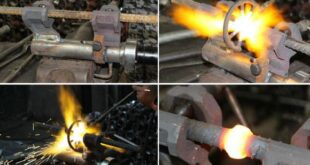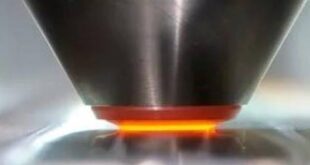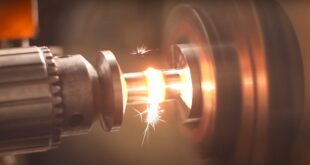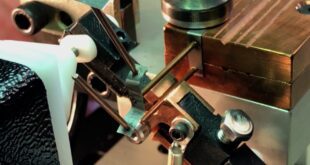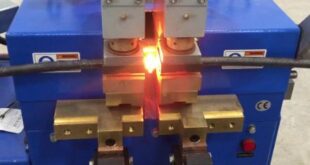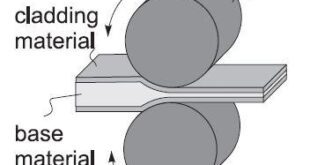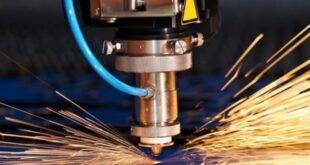What Is Hot Pressure Welding? Introduction Welding is an important process used in various industries for joining materials. One of the most effective welding techniques is hot pressure welding, which involves the use of heat and pressure to join materials together. In this article, we will explore the basics of …
Read More »What is Solid State Welding?
Solid State Welding: Joining Metals with Precision and Strength Introduction Solid State Welding is a cutting-edge technique that has revolutionized the field of metal joining. This process offers exceptional precision, strength, and durability in creating bonds between metals. Unlike traditional welding methods that involve melting the metals to be joined, …
Read More »What Is Autogenous Welding?
What Is Autogenous Welding? Introduction Autogenous welding is a specialized technique of welding that holds notable importance in various industrial applications. At its core, autogenous welding involves fusing two metal pieces together using heat, without the need for any additional filler material. This unique approach has garnered attention within the …
Read More »What is Magnetic Pulse Welding?
What is Magnetic Pulse Welding? Introduction Magnetic Pulse Welding (MPW) is a solid-state welding process that utilizes high-velocity magnetic forces to join metal components. It involves the generation of a high-intensity magnetic field that rapidly accelerates one workpiece towards another, creating a collision and a strong metallurgical bond between them. …
Read More »What Is Inertia Welding?
What Is Inertia Welding? Introduction Inertia welding, also known as rotary friction welding or flywheel welding, is a solid-state welding process that joins two metal workpieces through the application of rotational and axial forces. It utilizes the principle of generating frictional heat at the joint interface to create a metallurgical …
Read More »What is Percussion Welding?
What is Percussion Welding? Introduction Percussion welding is a specialized welding technique that involves the joining of two workpieces through the application of high pressure and electrical energy. It is a solid-state welding process, meaning that it does not involve the melting of the base metals. Instead, percussion welding relies …
Read More »Upset Welding: Principles, Applications, and Advancements
Upset Welding: Principles, Applications, and Advancements Introduction Upset welding, also known as flash butt welding or resistance butt welding, is a solid-state welding process used to join two pieces of metal by applying pressure and heat to create a weld between them. It involves the controlled application of electric current …
Read More »What is Cold Welding?
What is Cold Welding Introduction Definition of cold welding: Cold welding is a solid-state welding process in which two metals are joined together at room temperature under high pressure, without the need for heat or external energy. Brief history and discovery of cold welding Cold welding was first discovered in …
Read More »Friction Stir Welding and Process
Friction Stir Welding and Process Introduction Friction Stir Welding (FSW) is a solid-state welding process that was developed in the 1990s. It involves the joining of metals without melting the material, and instead uses friction and pressure to create a strong bond between the two pieces. FSW has become an …
Read More » Welding of Welders All about Welding and Welders
Welding of Welders All about Welding and Welders
